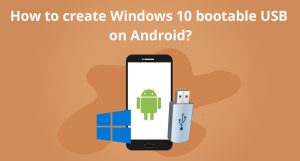
Sometimes it happens that the Windows 10 operating system installed on a computer or laptop suddenly stops loading, and the only working device at hand is a tablet or smartphone with Android OS. What to do in such a situation? Fortunately, there is a way out. In this article, we’ll look at how to create a bootable USB flash drive with Windows 10 directly on your Android mobile device.
An effective way to create
Making a bootable USB drive from an Android device is easier than you think. Especially if you have an OTG (On-The-Go) cable or a special adapter in your arsenal that can convert a standard USB flash drive connector into one suitable for connecting to a mobile device.
Such an adapter may look different, despite the same purpose. The image below shows three different OTG adapter options.
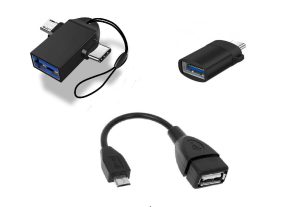
In addition to this, you will need:
• stable Internet connection
• free USB drive with a capacity of at least 8 GB
• free smartphone memory of the same volume
• iso file of the operating system (in our case, Windows 10)
• application for creating bootable USB on Android.
We’ll start by downloading the distribution onto your mobile device.
You can download Windows 10 iso image from the official Microsoft website.
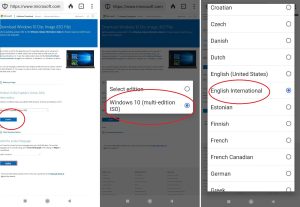
Select the language, version, bitness of the operating system, focusing on future installation on your PC.
Try to save the ISO image file in the root folder, don’t save it too far away.
Applications that will help
After downloading the Windows 10 iso file, we proceed to selecting an application to create a bootable USB directly on the smartphone.
Rufus (Unofficial)
Many people know that Rufus is a powerful tool for creating bootable USB drives on desktop devices, but the developers have never reported about creating an application for mobile platforms. It turned out that an unofficial mobile version of Rufus has appeared in the Google Store. Moreover, it really works. The abundance of advertising, average ratings and potential security risks make using such applications like walking on thin ice, but nevertheless, I found this method to work quite well.
Go to the Google app store and search for the name – Rufus
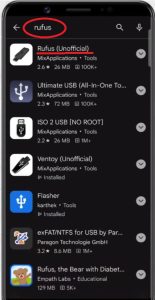
Download it to your smartphone and open it.
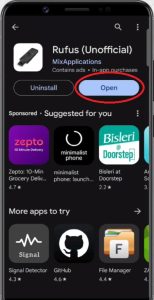
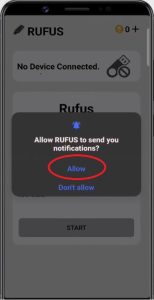
If your USB is detected, you can prepare the process.
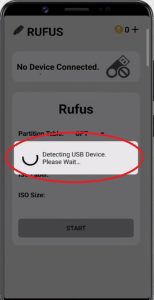
But there is one problem. The application needs 2 virtual coins to start recording.
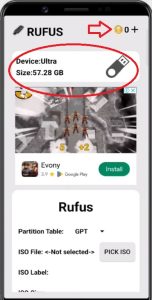
To get one coin, you need to watch the ad once. Do this twice.

In the Burn Style field, specify MBR, and in the Put ISO field, load the Windows 10 ISO file.
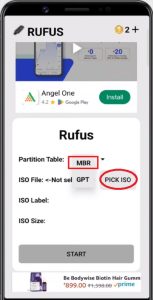
If your image is successfully detected by the application, start recording.
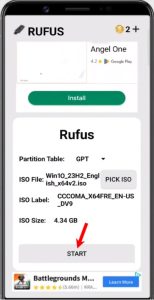
Files begin to be written to your drive
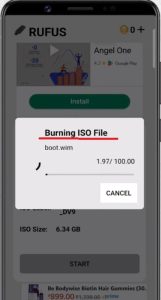
A notification will be sent when the work is completed.
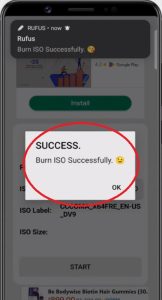
Ready!
EtchDroid ISO to USB Writer
EtchDroid is an incredibly convenient app for Android users who want to create bootable USBs directly from their devices. EtchDroid is renowned for its user-friendliness and simple interface, making creating bootable drives easy even for less advanced users. Being completely free and open source, it deserves warm reviews for its honest and transparent approach to functionality.
So,in the app store, search for EtchDroid and install it. Connect your USB device.
On startup, select the Windows 10 ISO file.
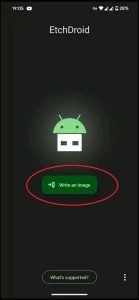
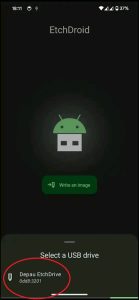
The application determines the settings and you need to confirm the choice if everything is correct.
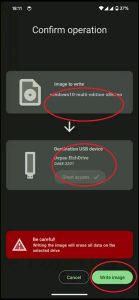
Recording has started, wait until it finishes
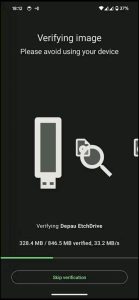
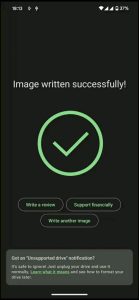
Excellent results with a minimum of advertising.
Some tips on the USB creation process
• Make sure your smartphone is fully charged, especially if the battery has a low capacity and usually drains quickly. Preparation can take a long time and require a lot of energy.
• Remember that the smartphone memory must be at least slightly larger than the size of the operating system ISO image.
• Connect to a stable internet source while the application is running.
• Check the OTG cable or adapter, it should not be loose in the connector of your phone.
• Be patient, unpacking and recording the image may take a very long time, or progress may stand still, you need to wait.
• If you encounter errors in the process or if the recording fails, try a different recording application – there are actually several of them.
• when creating a bootable USB flash drive with Windows 10, keep in mind that it will boot successfully only in UEFI mode (not Legacy).
We hope that the creation of the flash drive will be successful and will not cause difficulties in the process.

Thank you very much, to sharing this tick for android write now i am using Linux OS, on this OS i am not able to create bootable pen-drive and i must needed to use Microsoft office for my work.
i will try this trick hop so it will work properly, and i am able to use windows OS.
You’re very welcome! 😊 It’s great to hear you’re giving this method a try. Using an Android device as a workaround when Linux tools aren’t cooperating is a smart move.
If you hit any snags while creating the bootable drive or during installation, feel free to ask for help here.